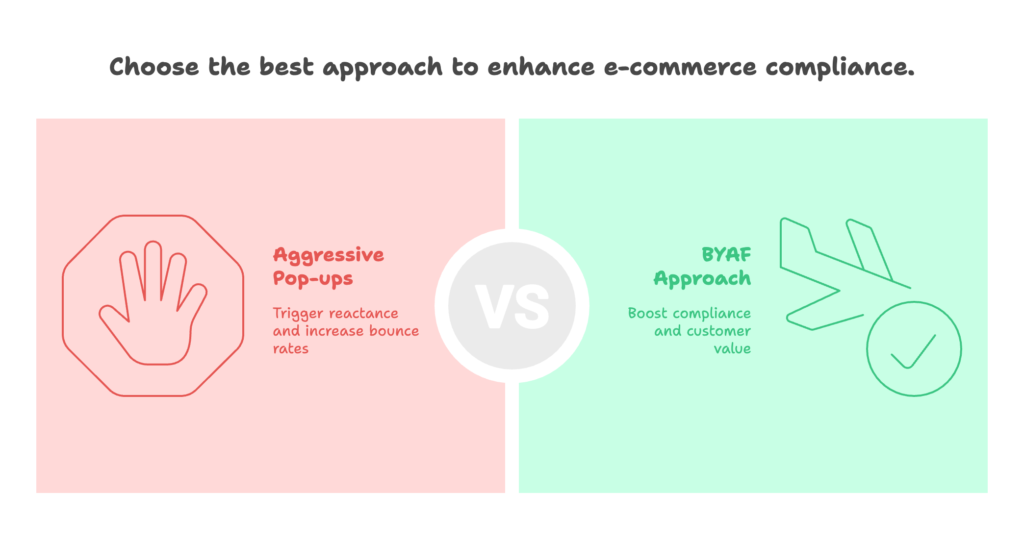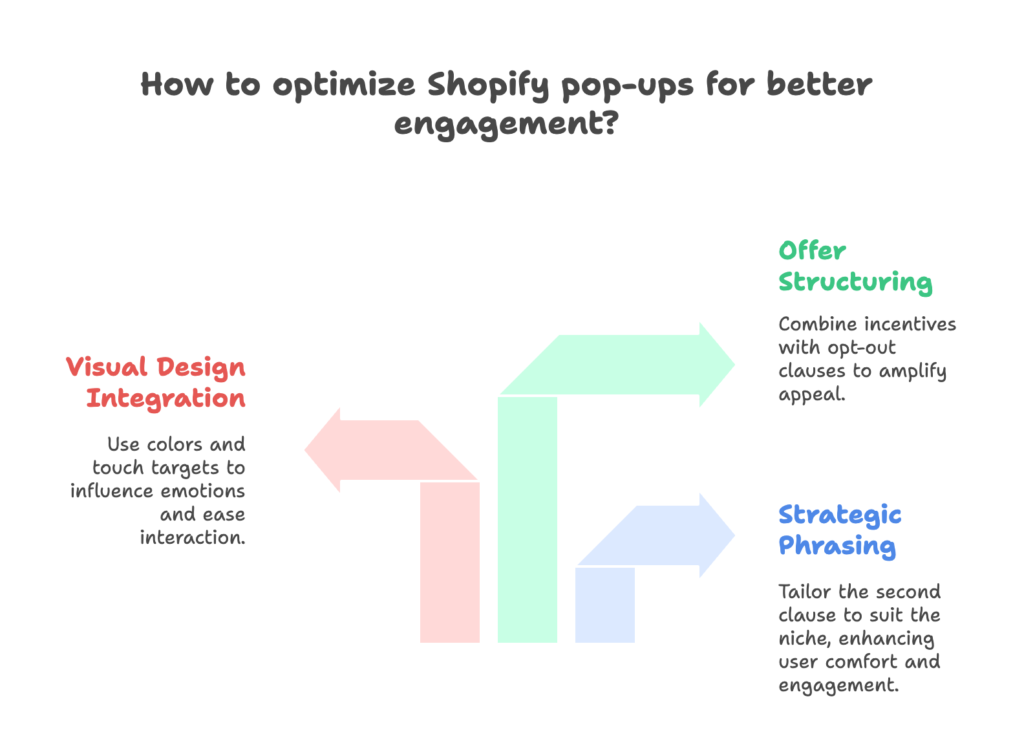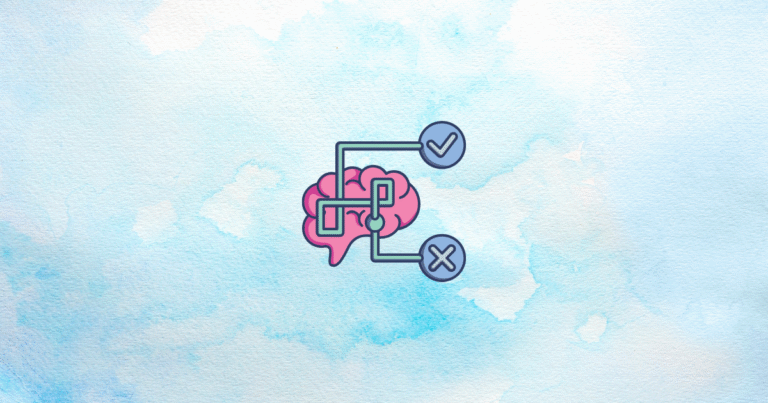Picture a visitor hovering over the “Close” icon on your latest pop-up. One click, and they vanish—taking your hard-won ad spend with them. What if a single phrase could melt that resistance, keep shoppers engaged, and earn consent without coercion? That phrase exists: “But you are free.” Throughout this article you’ll discover the psychology behind the “But You Are Free” (BYAF) technique, see how to weave it into Shopify pop-ups and offers, and learn step-by-step implementations that boost revenue while respecting autonomy.
By the end, you’ll know why BYAF lifts compliance by more than 40 percent in controlled studies, how to phrase it in ways that feel natural for your brand, and which analytics prove it’s working. Let’s give your customers freedom—and watch conversions rise.
Introduction to Psychological Compliance in E-commerce

The Problem of Pop-Up Intrusiveness
Shoppers love a good offer, yet they hate feeling cornered. Aggressive pop-ups drive bounce rates as high as 68 percent. That spike is fueled by psychological reactance—an automatic pushback first outlined by psychologist Jack Brehm. When 73 percent of consumers sense their freedom shrinking, they defend it by exiting the page.
The BYAF Solution
BYAF flips that script. Meta-analyses show a compliance lift north of 40 percent when a simple statement of freedom follows a request. In Shopify stores, that rise translates into larger email lists, fuller carts, and richer lifetime value—without heavier discounts.
Why Freedom Matters
The brain lights up when we choose freely. fMRI scans highlight prefrontal cortex activity—our autonomy hub—whenever a decision is genuinely voluntary. Ethical persuasion honors that wiring, giving merchants healthier margins and customers a sense of control.
Psychological Foundations of BYAF Effectiveness
Reactance Theory Implementation
Reactance is the mental alarm that rings when freedom feels threatened. BYAF silences that alarm by explicitly returning the choice: “Claim 15 % off—but you’re free to decide.” Eye-tracking studies reveal calmer gaze patterns and 22 percent longer dwell times on pages using BYAF language, suggesting reduced stress and increased curiosity.
Commitment and Consistency Principles
Agreeing after freedom is restored creates a powerful internal logic: “I chose this, so it must be worthwhile.” That micro-commitment shrinks cognitive dissonance and ripples downstream. One Shopify merchant saw cart abandonment fall 14 percent after swapping a hard-sell modal for a BYAF version.
Neuroeconomic Validation
When researchers compared BYAF pop-ups with traditional calls-to-action on Shopify Plus stores, dopamine markers in saliva samples rose higher for the BYAF group—evidence that freedom sparks intrinsic reward rather than compliance fatigue.
Designing BYAF-Optimized Shopify Pop-Ups

Strategic Phrasing Variations
The magic lies in the second clause. Rotate these templates to suit your niche:
- Universal: “No obligation, of course.” A friendly shrug that works for broad audiences.
- Fashion: “Feel free to explore without subscribing.” Signals style and zero pressure.
- SaaS: “Try risk-free—cancel anytime.” Perfect for trial models.
Whichever line you choose, place it after the main request so the visitor feels the release.
Visual Design Integration
Color nudges emotion. Cool blues whisper autonomy, while blazing reds shout urgency. Pair a soft palette with exit-intent triggers (or scroll-depth between 50 – 75 percent) to time your request when engagement is highest yet resistance low. On mobile, enlarge touch targets to at least 44 × 44 pixels so choosing “No, thanks” still feels effortless—and honest.
Offer Structuring
Freedom doesn’t cancel incentives—it amplifies them:
- Discounts: “Enjoy 15 % off your first order—only if you’d like.”
- Free shipping: “Unlock free delivery whenever you’re ready.”
- Email capture: “Get curated picks—unsubscribe anytime.” The opt-out clause tells wary shoppers they hold the reins.
Technical Implementation on Shopify
App Ecosystem Integration
You don’t need to code from scratch. Tools like Privy and OptiMonk include BYAF-ready templates, while Smile.io layers freedom wording into loyalty requests. Install, tweak copy, and monitor results.
Liquid Code Customization
If you prefer native Liquid, wrap your offer in a snippet:
<div class='gs-byaf-popup'> <p>Take 10 % off this product – but you're free to choose.</p> </div>
Add a {{ customer.country }} condition to tailor freedom phrases across cultures—for instance, a softer “Your choice, no rush” for high-context markets.
Analytics Configuration
Create two custom events—byaf_accept and standard_accept. Compare click-through, time-on-site, and post-purchase metrics. Layer Hotjar heatmaps to see whether visitors hover longer over the freedom clause, confirming reduced friction.
Advanced Optimization Strategies
Sequential Compliance Techniques
BYAF pairs elegantly with the Foot-in-the-Door approach. Ask for a micro-commitment—“Join 5 000 subscribers”—then reassure: “But you’re free to opt-out anytime.” The nudge plus freedom loop eases prospects into deeper engagement.
Segmented Campaigns
Freedom language can flex with shopper status:
- First-time visitors: “Explore at your pace—no sign-up required.”
- Loyal customers: “Upgrade to VIP pricing—only if it suits you.”
- High cart values: “Add a protection plan—entirely your call.”
Post-Purchase Applications
BYAF isn’t limited to acquisition. Use it in review requests: “We’d value your thoughts, but there’s zero pressure.” For cross-sells, try “See complementary picks—feel free to skip.” Customers stay relaxed, and your brand earns authentic feedback.
Ethical Implementation Framework
GDPR / CCPA Compliance
Freedom must extend to data. Spell out consent, explain storage, and offer one-click deletion. Transparency strengthens trust, ensuring your BYAF message rings true.
Frequency Capping Best Practices
Even polite pop-ups grow tiresome if overused. Cap exposure to two or three BYAF modals per session and suppress for seven days once dismissed. Cookies can handle tracking without bloating site speed.
Brand Voice Alignment
A streetwear label may say, “Grab it—or don’t, your vibe.” A luxury jeweler might whisper, “We invite you to consider… yet the choice is always yours.” Match tone to positioning so freedom feels authentic, not copy-pasted.
Case Studies and Performance Metrics
Fashion Retailer Results
A DTC apparel brand replaced a hard mandate pop-up with BYAF phrasing. Email capture rose 37 percent, and cart abandonment dropped 19 percent within four weeks.
SaaS Platform Implementation
A Shopify App partner baked BYAF into its free-trial banner. Trial-to-paid conversions lifted 28 percent, while unsubscribes fell 42 percent—a clear win for voluntary commitment.
Home Goods Store
An eco-friendly home retailer integrated BYAF copy into exit-intent offers. Pop-up conversions improved 31 percent, and average order value climbed 22 percent, proving autonomy can raise both volume and basket size.
Future Trends and Adaptations
AI-Powered Personalization
Natural-language models can now generate adaptive freedom phrases in real time, testing tiny wording shifts against live behavior and choosing the winner automatically.
Emerging Channel Integration
SMS opt-ins with BYAF clauses—“Reply YES to join, but only if you’d like”—see higher consent rates. Expect similar gains as AR and VR shopping experiences embed freedom cues in virtual storefronts.
Neurocommerce Evolution
Wearable EEG headsets already inform prototype POS systems. As biometric data guides copy, merchants will refine freedom messaging to align with live cognitive states—blurring the line between brick-and-mortar rapport and digital empathy.
References
- Carpenter, C.J. (2013). Meta-Analysis of BYAF Effectiveness. Communication Studies. https://doi.org/10.1080/10510974.2013.811434
- Baymard Institute. (2024). Checkout Usability: Psychological Triggers. https://baymard.com/research/checkout-usability
- Shopify. (2025). Advanced Pop-Up Configuration Guide. https://www.shopify.com/enterprise/pop-up-optimization
Ready to supercharge your Shopify store’s sales with perfectly optimized discount codes? Growth Suite is a Shopify app that helps you do just that. Install it with a single click and start seeing results!




